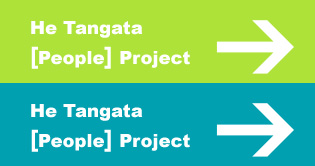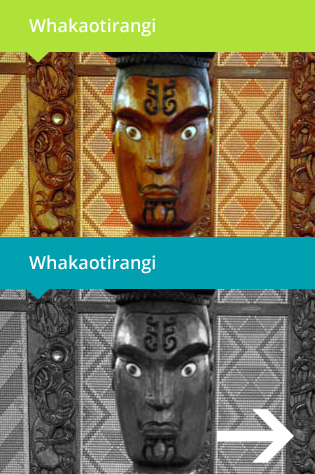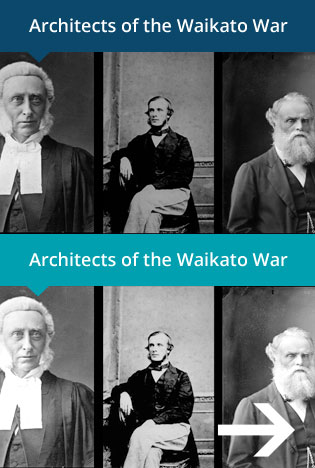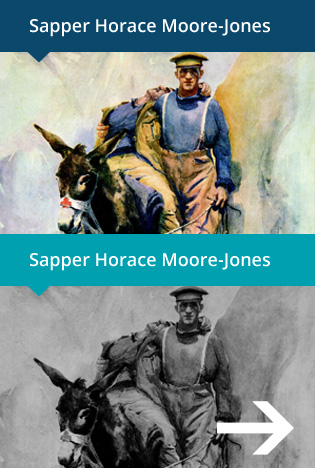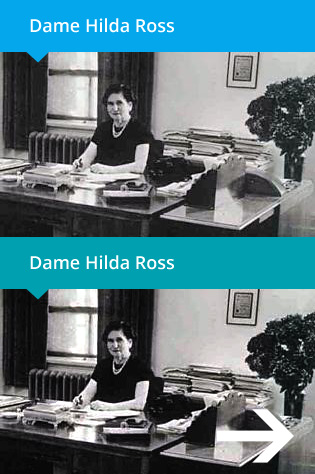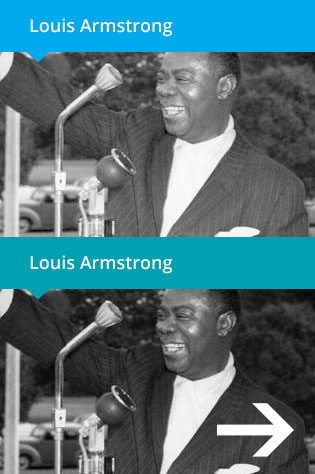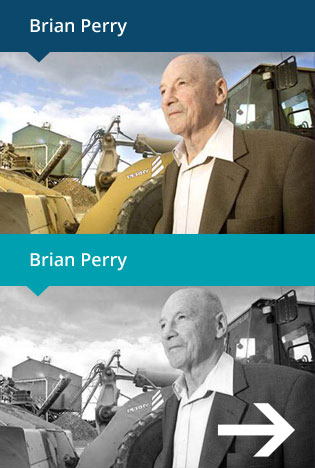Memorials and Public Art
‘Public art’ and ‘memorials’ have different features, and “different responsibilities to the communities in which they sit”. Public art is ‘the artist’s response to our time and place”, while the role of a memorial is more complex – “memorialising a person or event, is an attempt to make them relevant to the larger community”. Their aim is to shape the city’s memory in a positive way (Elizabeth Burling, 2005).
Unlike most sculptures, a public monument is ‘important precisely because it does in some measure work to impose a permanent memory on the very landscape within which we order our lives…
They are works of art created for the public…
The visitor experience of visiting a monument or memorial is often different from a casual observation of a piece of public art.
Memorials contribute to a culture and in doing so have the potential to influence thought and experience in a way that is different, that other types of public art do not…
Waikato Equestrians have a clear preference for a figurative sculpture, bronze for durability and at least life-size for impact, of broad public appeal, outstanding artistry and perceived value for costs. “A horse that looks like a horse” – a contemporary version of equestrian statues found globally for centuries past.
